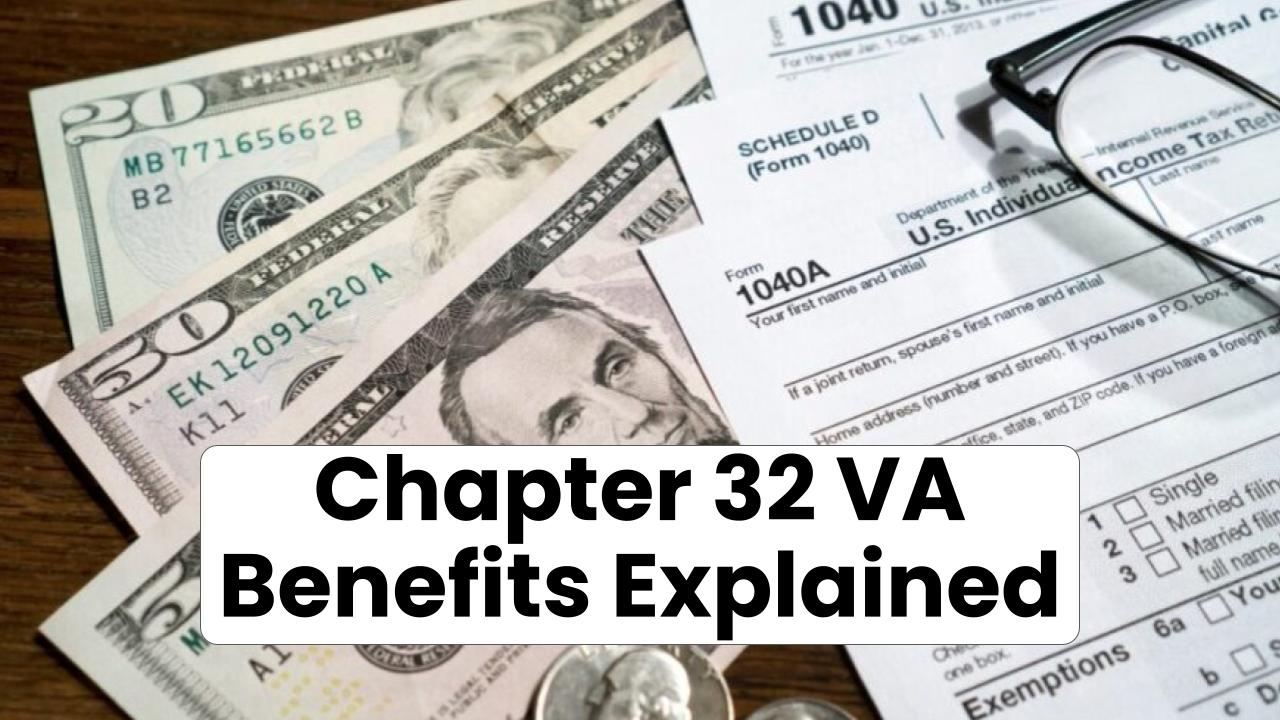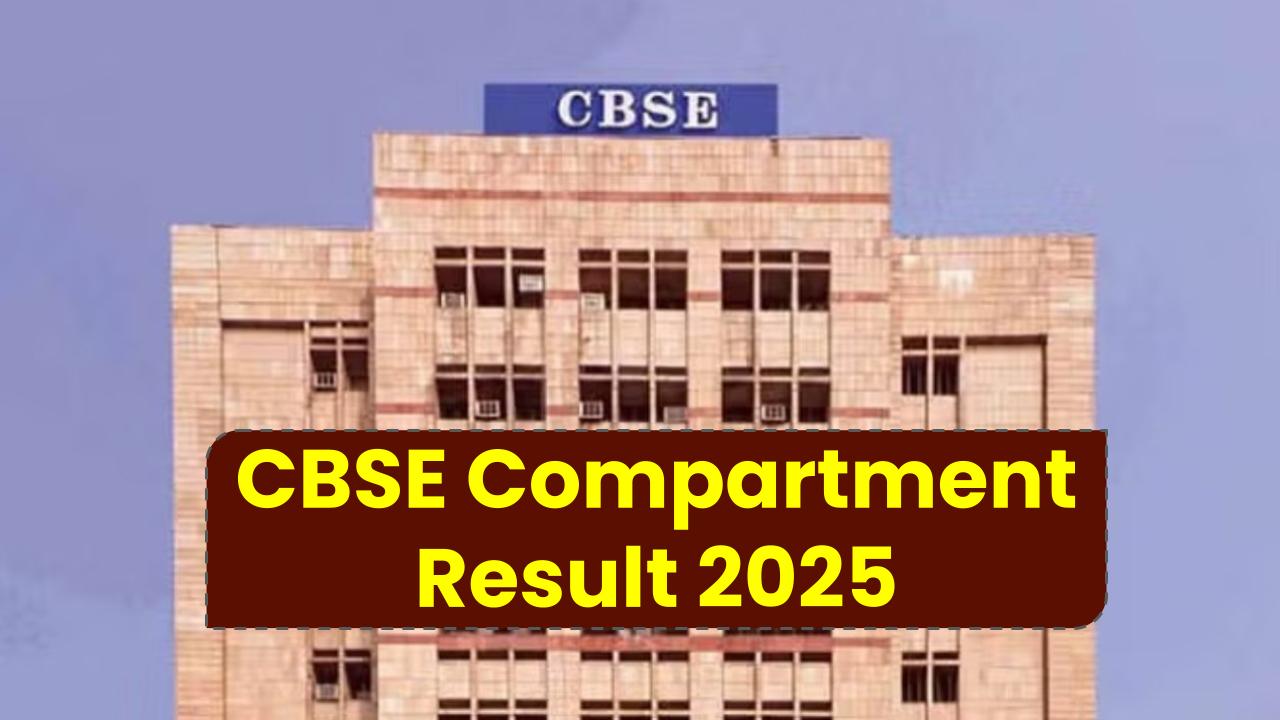If you’re a central government employee in India, you’ve probably heard the buzz: the 8th Pay Commission is on the horizon, and it’s shaping up to be a game-changer. With over 45 lakh employees and around 68 lakh pensioners set to benefit, this isn’t just another bureaucratic update – it’s a major financial moment that could affect your paycheck, benefits, and future plans.

Whether you’re a junior assistant or a senior civil servant, understanding the ins and outs of the 8th Central Pay Commission can help you plan smarter and prepare for what’s coming. And hey, even if you’re not a policy nerd, stick with us – we’ll break it down like you’re chatting with a buddy over coffee.
8th Pay Commission to Massively Benefit These 45 Lakh Central Employees
| Topic | Details |
|---|---|
| Who Benefits | Approx. 4.5 million (45 lakh) central govt employees + 6.8 million pensioners |
| Expected Hike | Estimated 30-34% salary hike based on fitment factor projections |
| Fitment Factor | Ranges from 2.46 to 2.86 under review |
| Minimum Basic Pay | Could increase from ₹18,000 to ₹51,480 depending on final recommendation |
| Implementation Target | January 1, 2026 (subject to delays) |
| Covers | Group A, B, C employees, including armed forces and pensioners |
| Official Website | Department of Expenditure, Govt of India |
The 8th Pay Commission is shaping up to be a transformative event for India’s central government employees. With big hikes, revised benefits, and more financial breathing room, it’s a crucial development that demands attention. While the final numbers are yet to be inked in, all signs point to a substantial payday on the horizon. Whether you’re planning to invest, buy property, or just boost your savings, now’s the time to stay informed and plan ahead.
What Is the 8th Pay Commission All About?
The Pay Commission is like a financial spring cleaning that happens every decade or so. It’s where the Indian government reevaluates the salaries, allowances, and pensions of central government employees. Think of it as a big ol’ salary makeover.
The 8th Pay Commission aims to replace the 7th CPC which came into effect back in 2016. A lot has changed since then – inflation, economic shifts, global markets – so the need to revise pay structures is more crucial than ever.
The announcement was first teased in early 2025, and by July 21, 2025, the government confirmed in Lok Sabha that the process to establish the commission was officially underway. Now, we wait for the Terms of Reference (ToR) to be finalized before the real action begins.
Why Does This Matter?
Let’s be real – your paycheck matters. The fitment factor (which adjusts basic pay) could mean an instant 30% raise, or even more if inflation stays hot.
Say you’re currently drawing a basic pay of ₹18,000. A fitment factor of 2.86 could push your new basic to around ₹51,480. That’s no small change. Plus, Dearness Allowance (DA) and House Rent Allowance (HRA) would also scale up accordingly. This impacts everything from EMI eligibility to savings, and even retirement planning.
Who All Are Covered?
Here’s the scope of who the 8th CPC will impact:
Included:
- Central Government Ministries and Departments
- Armed Forces (Army, Navy, Air Force)
- Central PSUs (where CPC rules are followed)
- Indian Railways
- Postal Department
- Pensioners (civil and military)
Not Included:
- State Government Employees (they follow State Pay Commissions)
- Private sector
- Contractual/Temporary workers not under CPC jurisdiction
If you’re a central employee with a permanent post, chances are your job is on the list.
What Can You Expect? A Step-by-Step Breakdown
1. Salary Hike Projections
Based on reports from Kotak Institutional Equities and Ambit Capital, here’s what we might see:
- Fitment Factor: Estimated between 2.46 and 2.86
- Salary Increase: Roughly 13% to 34%, depending on the level
For example:
- Group C employee: Pay may rise from ₹18,000 to ₹42,480 (if 2.36 fitment factor)
- Group A officer: Significant hikes beyond ₹1 lakh/month basic possible
2. Timeline to Watch
- 2025: Terms of Reference (ToR) and commission formation
- 2026: Official report and draft proposal
- 2027: Possible implementation with arrears (if delays occur)
3. Allowances & Benefits
With salary comes perks:
- DA: Likely merged into basic
- HRA: May get revised based on city class
- Transport Allowance, Children Education Allowance: Possible upward revision
4. Impact on Pensioners
Pensioners will see revised basic pensions linked to the fitment factor, possibly boosting post-retirement incomes significantly.
Real-Life Example
Let’s take Ravi Kumar, a Group C employee earning ₹18,000 basic:
- Current Salary: ₹18,000 + DA (50%) = ₹27,000 approx.
- Post-8th CPC (2.86 fitment): ₹51,480 + new DA = Potential ₹60,000+
Boom. That’s more than double.
FAQs
Q1: When will the 8th Pay Commission be implemented?
A: Target is January 1, 2026, but delays could push it to late 2026 or 2027.
Q2: Will there be arrears paid?
A: Most likely yes, if implementation is delayed past the target date.
Q3: How much raise can I expect?
A: Anywhere from 13% to 34% increase in basic, depending on the final fitment factor.
Q4: Will pensioners benefit?
A: Yes. Revised pensions based on new basic pay calculations.
Q5: Is my job included?
A: If you’re a permanent central government employee or pensioner, you’re likely covered.








